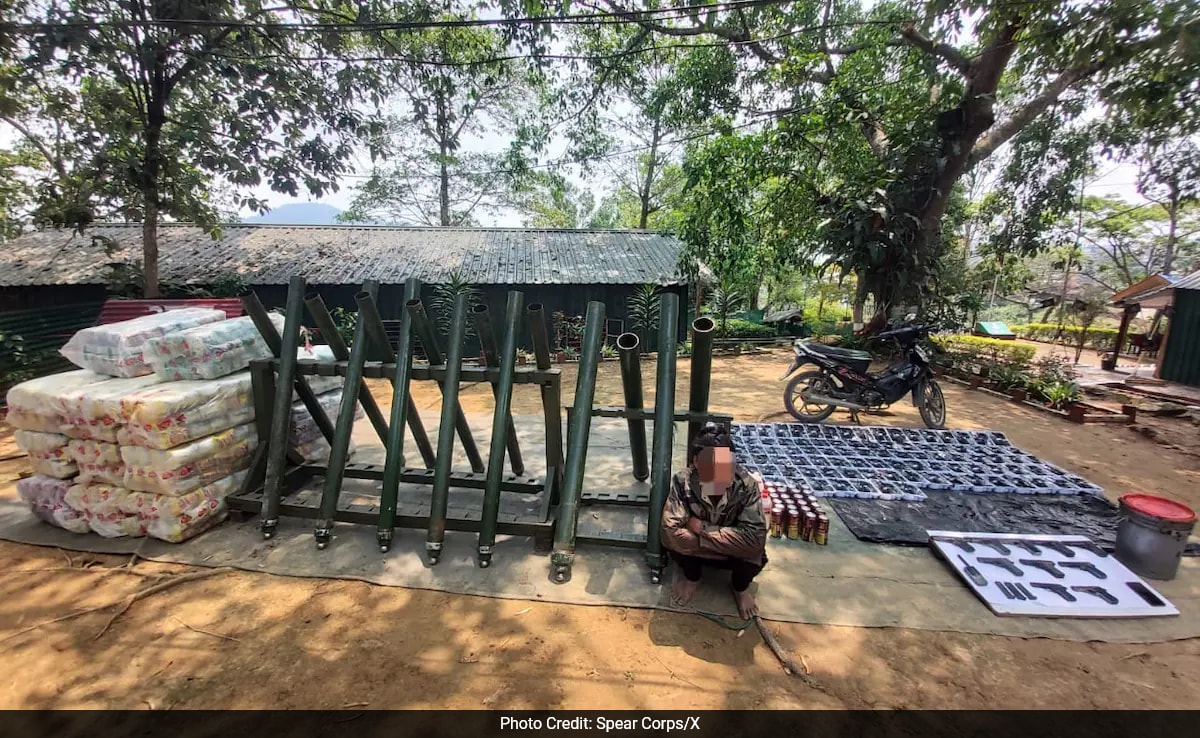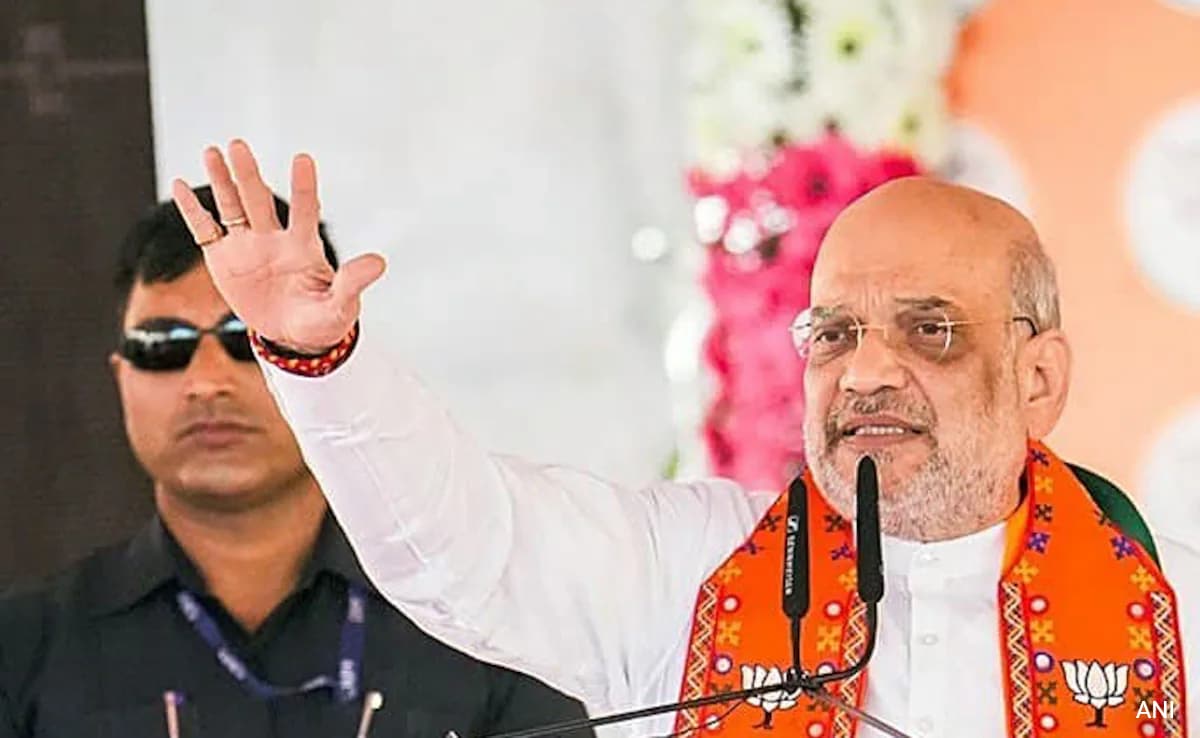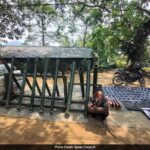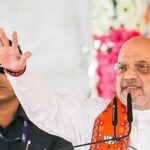Two senior United Nations officials are wrapping up a visit to Zambia to assess the country’s worst drought in 20 years, which has affected some 8 million people and put at least 6 million at risk of food insecurity. Officials say drought-affected communities need immediate humanitarian and food aid.
During their visit to Zambia, UN Assistant Secretary-General and Coordinator for the El Niño and La Niña Climate Crisis, Lina Ghelani, and UNICEF Regional Director for East and Southern Africa, Eva Kadili, called on the international community to unite to support the humanitarian response. action.
Speaking in Lusaka on Sunday, Geilani said below-normal rainfall in the country had led to hundreds of thousands of hectares of maize being destroyed. This accounts for more than half of the country’s area planted to maize, Zambia’s staple food.
“This means many families will have no food on the table and they won’t be able to buy it,” she said. “So we need to respond quickly and provide assistance today. This may become the new normal, so we need to, as the president said, prepare for the future.”
UN representatives met with governments and local partners as they grapple with drought and a historic cholera epidemic that has claimed more than 700 lives.
U.N. officials also heard from communities and non-governmental organizations working on the front lines of humanitarian crises.
Eva Kadilli, UNICEF regional director for Eastern and Southern Africa, told VOA that approximately 3 million people in need are children. She said those most vulnerable to the impacts of the climate crisis were children, especially those under the age of five. She said they have also been affected by COVID-19 and cholera.
“Now that there’s drought… it’s taking a huge toll on children, communities and families, but it’s also taking a huge toll on mothers, pregnant women, breastfeeding women, young adolescent girls,” she said.
Felesia Manico, a smallholder farmer in Chongwe, near the capital Lusaka, told VOA the drought has been a nightmare for her and she has lost hundreds of hectares of crops such as corn and Various vegetables.
“Our fields dried up in a month because we couldn’t get anything back for all the inputs we put in,” she said. “We invest heavily in seeds, labor, fertilizers and all the other requirements that come with farming.”
Another smallholder farmer, Sam Tembo, said he had lost all 40 hectares of his maize field due to drought. He borrowed $5,000 from the bank.
“All my crops are gone and now I can’t afford any meals,” he said. “I’ve lost money on investments in crops… but nothing has been produced. I don’t know how to feed the children.”
Zambian President Hakainde Hichilema recently said the crisis, worsened by climate change and El Niño weather patterns, threatens national food security and water and energy supplies.
Zambia is highly dependent on hydropower, and experts have warned that the consequences of the drought could last until early 2025.
The UN mission follows Hichilema’s recent declaration of a state of emergency and national disaster, as 84 of the country’s 116 districts are affected by a prolonged drought.
Since Zambia is the region’s main corn exporter, the crisis could have regional ramifications.
Follow us on Google news ,Twitter , and Join Whatsapp Group of thelocalreport.in

















